- Optimal Growing Conditions: Munstead lavender thrives in well-draining, sandy soil with full sun exposure for 6-8 hours daily.
- Minimal Watering Needs: Once established, Munstead lavender is drought-tolerant, requiring minimal watering except during bud development in drought conditions.
- Pruning for Health: Regular pruning in early spring or post-blooming season helps maintain plant health and encourages bushier growth.
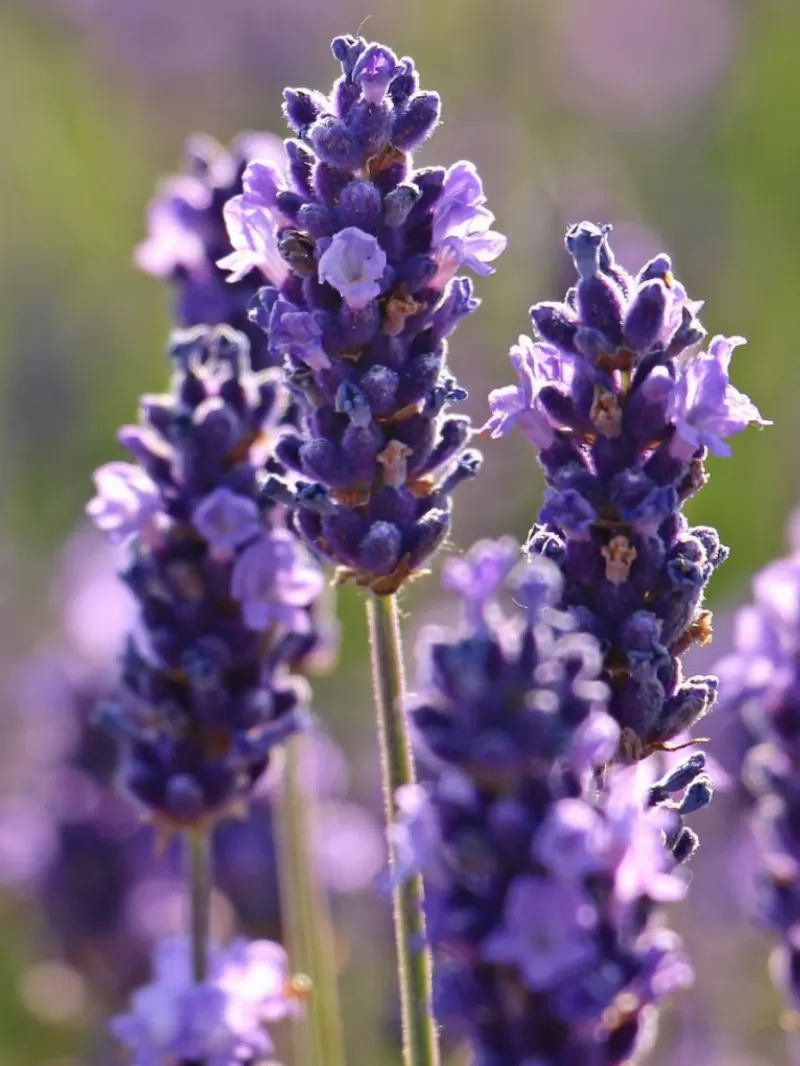 Munstead lavender is renowned for its captivating fragrance, making it a coveted choice for both home and garden enthusiasts.
Munstead lavender is renowned for its captivating fragrance, making it a coveted choice for both home and garden enthusiasts.
- Majesty Palm Care Outdoors: 11 Factors To Consider
- Lavender Tree Care: How to Grow These Lush and Alluring Plants
- 15 Lovely Varieties of Spider Plant: A Garden of Green Wonders
- Fairy Flowers Plants: Create a Magical Haven with 5 Enchanting Blooms
- Gasteria Little Warty Plant Care: 8 Keys For A Thriving Succulent
As a lifelong lavender enthusiast, I’ve always been drawn to the soothing scent and elegant beauty of these purple-hued plants. My journey with Munstead lavender began in my childhood, where the gentle fragrance of lavender spray in my room became synonymous with comfort and cleanliness. Today, having Munstead lavender in my garden brings me immense joy, and its presence in my home is nothing short of blissful.
You're reading: How to Plant Munstead Lavender: Everything You Should Know
Munstead lavender, with its exceptionally fragrant blooms, stands out among all lavender varieties. If you’re wondering about the ease of care for this aromatic herb, let me share my experiences and insights to help you cultivate your own lavender oasis.
What is Munstead Lavender?
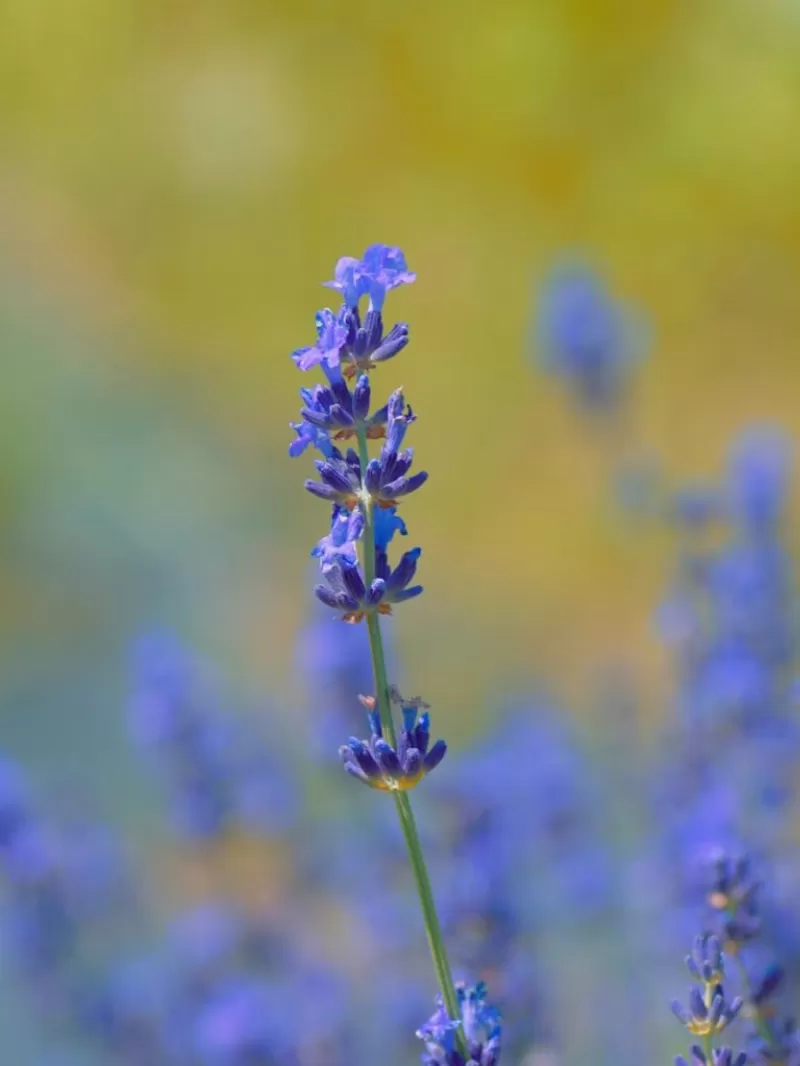 This cultivar is prized for having the most fragrance of the Lavender family.
This cultivar is prized for having the most fragrance of the Lavender family.
Munstead lavender, scientifically known as Lavandula Angustifolia ‘Munstead,’ is a cold-hardy cultivar that originated in England. Named after Munstead Woods, where it was cultivated by renowned garden designer Gertrude Jekyll, this variety is celebrated for its intense fragrance and adaptability to colder climates.
Key Features:
- Native to the Mediterranean Basin
- Blooms twice a year, typically in late spring or early summer
- Thrives in USDA Hardiness Zones 5-9
- Produces lavender oil with minimal camphor or pine notes
 Though the blooms don't seem to be as thick compared to other variants.
Though the blooms don't seem to be as thick compared to other variants.
While Munstead lavender may not have the thickest blooms compared to other varieties, its unparalleled fragrance more than makes up for it. As garden expert Dr. Emily Greenfield notes, “Munstead lavender’s scent profile is pure and intense, making it the top choice for aromatherapy and culinary uses.”
Munstead Lavender Care
Caring for Munstead lavender is a rewarding experience that requires attention to a few key factors:
Light
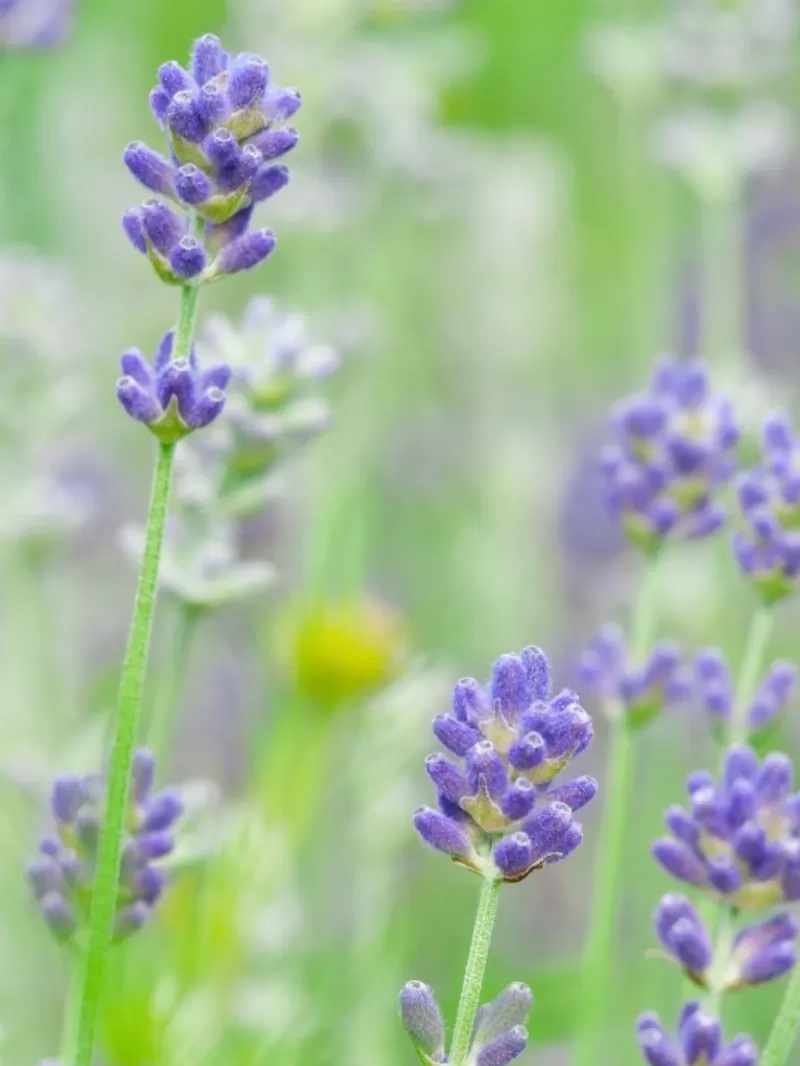 Munstead Lavender has hardiness zones of 5 to 9, making it quite tolerant to cold temperatures.
Munstead Lavender has hardiness zones of 5 to 9, making it quite tolerant to cold temperatures.
Munstead lavender thrives in full sun, requiring 6-8 hours of direct sunlight daily. When growing indoors, ensure it receives adequate light to prevent weakening.
Soil
This variety prefers alkaline, sandy, and well-draining soil. Avoid rich or soggy conditions, as these can harm the plant’s health.
Water
Once established, Munstead lavender is drought-tolerant. Water frequently during the first growing season, then reduce watering except during bud development in drought conditions.
Temperature and Humidity
Read more : 15 Beautiful Types of Lily Flowers to Grow in Your Garden
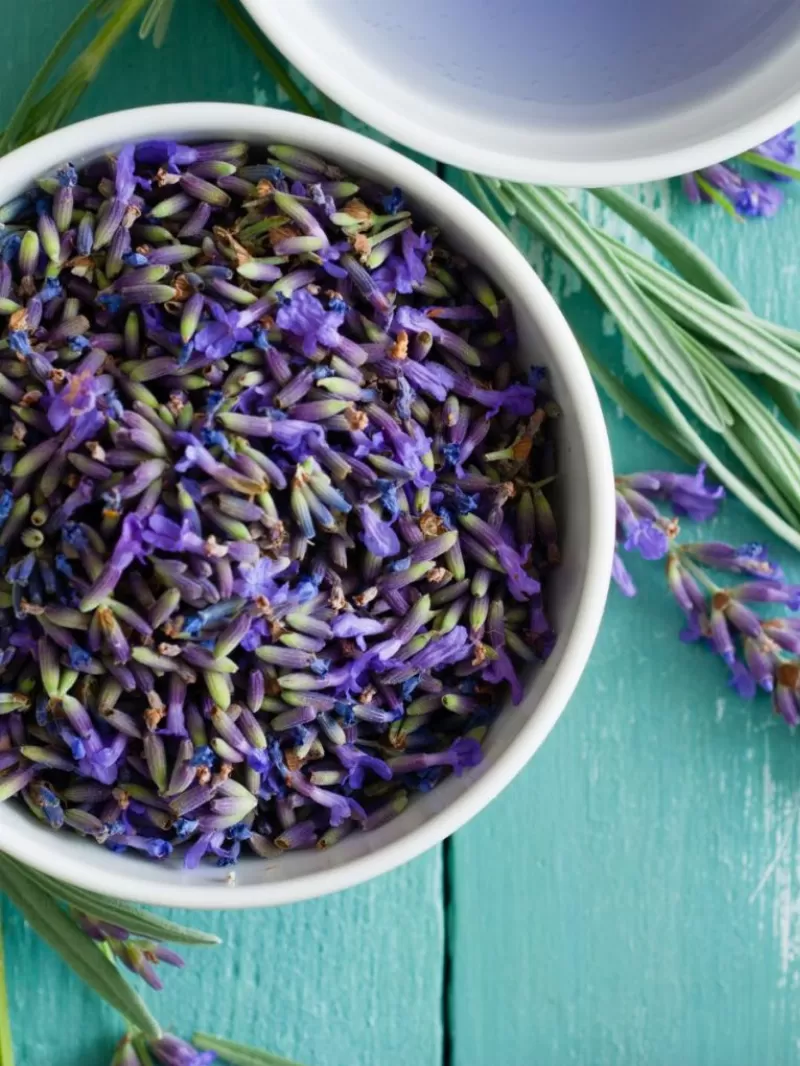 It is particularly sensitive to moisture, so make sure you do not place it in an area with high humidity.
It is particularly sensitive to moisture, so make sure you do not place it in an area with high humidity.
Ideal temperatures range from 70 to 75°F. Munstead lavender is sensitive to high humidity, so consider using a dehumidifier in moist climates. It can withstand winter temperatures down to -10°F.
Fertilizer
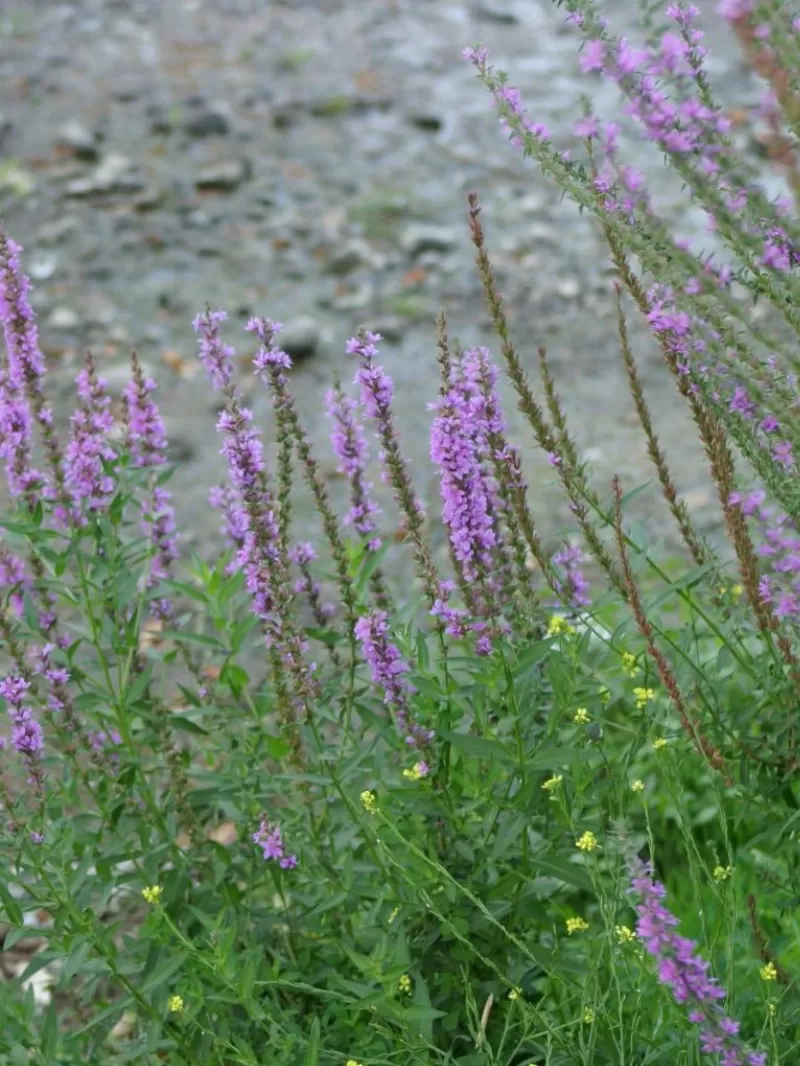 It doesn't fare well in nutrient-enriched soil.
It doesn't fare well in nutrient-enriched soil.
Surprisingly, Munstead lavender doesn’t require fertilizer. In fact, nutrient-rich soil can be detrimental to its growth. During a trip to Toronto, I was amazed to see lavender growing wild along the streets, thriving without any care or intervention.
Pruning
Regular pruning is essential for maintaining the health and shape of your Munstead lavender. Prune in early spring or after blooming, focusing on removing dead or damaged branches and trimming spent flowers.
 If conditions are favorable, lavender can spread as aggressively as grass.
If conditions are favorable, lavender can spread as aggressively as grass.
How To Plant Munstead Lavender from Seed
Growing Munstead lavender from seeds can be a rewarding process:
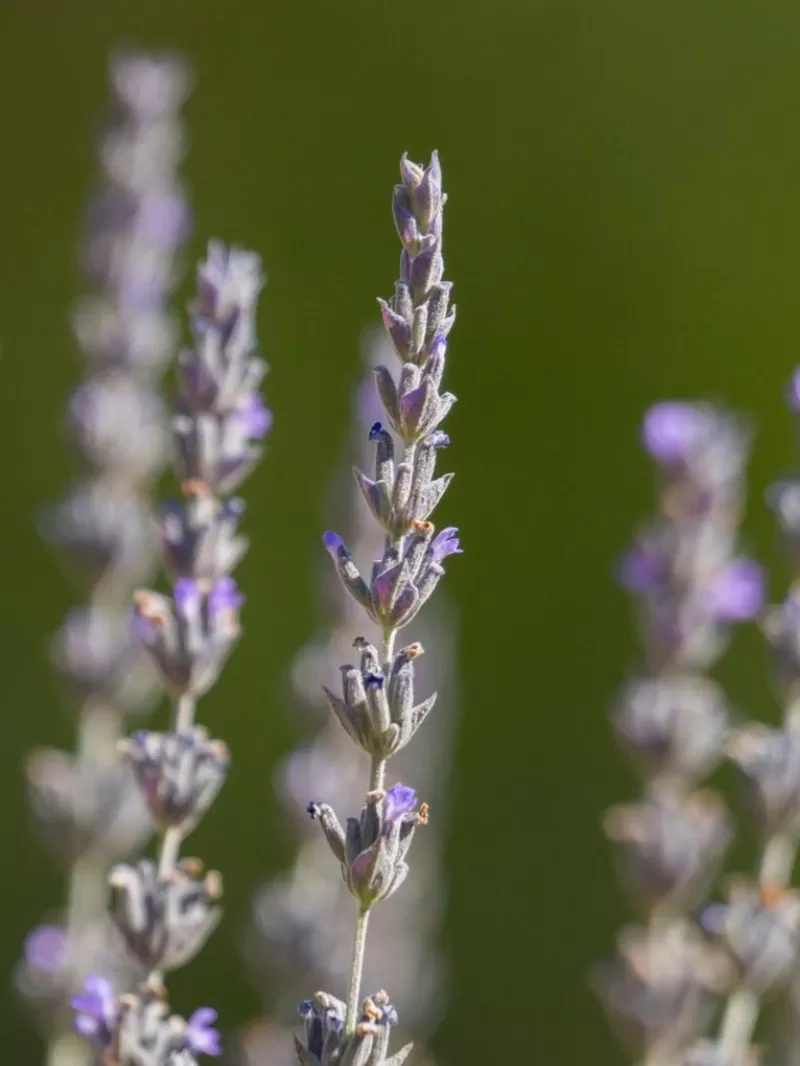 You have the option to germinate Munstead Lavender from seeds.
You have the option to germinate Munstead Lavender from seeds.
- Cold Stratification: Place seeds in moist soil and refrigerate for 3-6 weeks.
- Sow seeds 1/8″ deep in well-draining soil.
- Provide ample light and maintain temperatures between 65-70°F.
- Mist daily to maintain moisture without overwatering.
- Gradually acclimate seedlings to outdoor conditions.
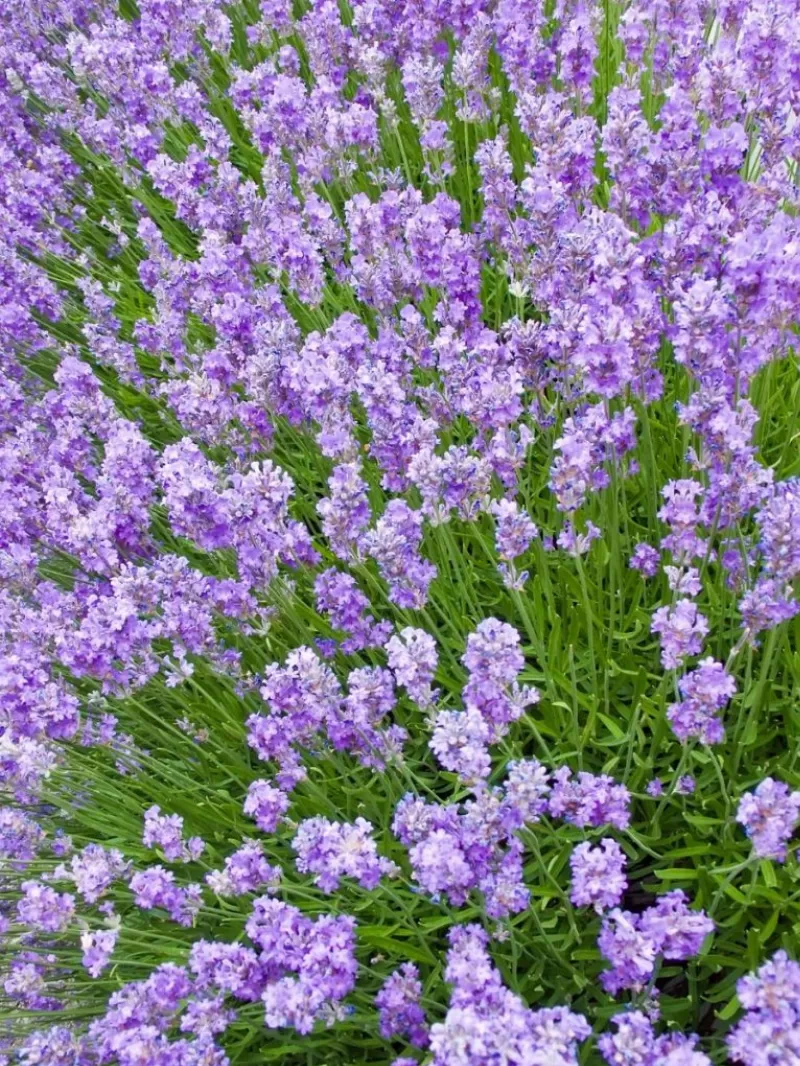 This process involves several weeks of cold and moist temperatures, known as Cold Stratifying.
This process involves several weeks of cold and moist temperatures, known as Cold Stratifying.
Horticulturist Jane Smith advises, “The key to successful lavender germination is patience and consistent conditions. Don’t rush the process, and you’ll be rewarded with healthy, fragrant plants.”
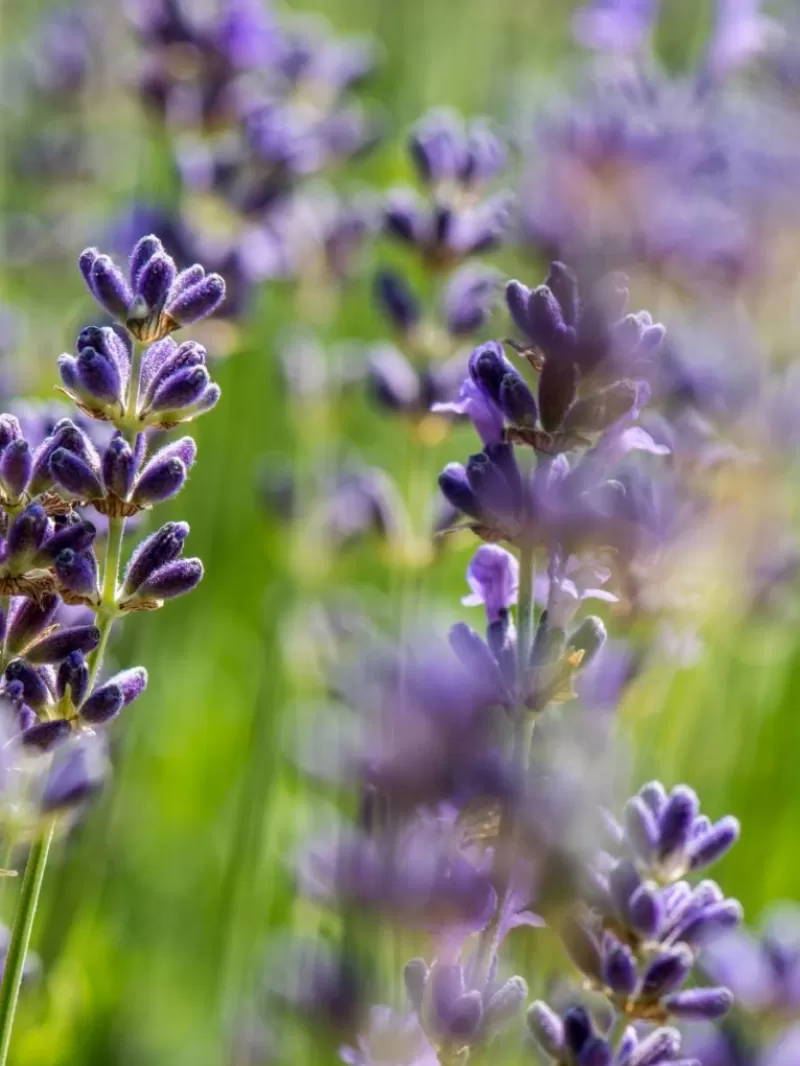 But the most important aspect is to find a reliable seed supplier. Otherwise, no amount of effort and love would pay off.
But the most important aspect is to find a reliable seed supplier. Otherwise, no amount of effort and love would pay off.
How To Plant Munstead Lavender from Cuttings
For those who prefer a quicker start, propagating from cuttings is an excellent option:
- Select 4-6 inch non-flowering shoots from a healthy plant.
- Remove lower leaves and dip in rooting hormone.
- Plant in well-draining potting mix.
- Maintain humidity with plastic covers.
- Provide indirect light and warmth.
- Transplant once roots have developed.
Read more : Leafless Bird of Paradise: A Stunning and Hardy Addition to Your Garden
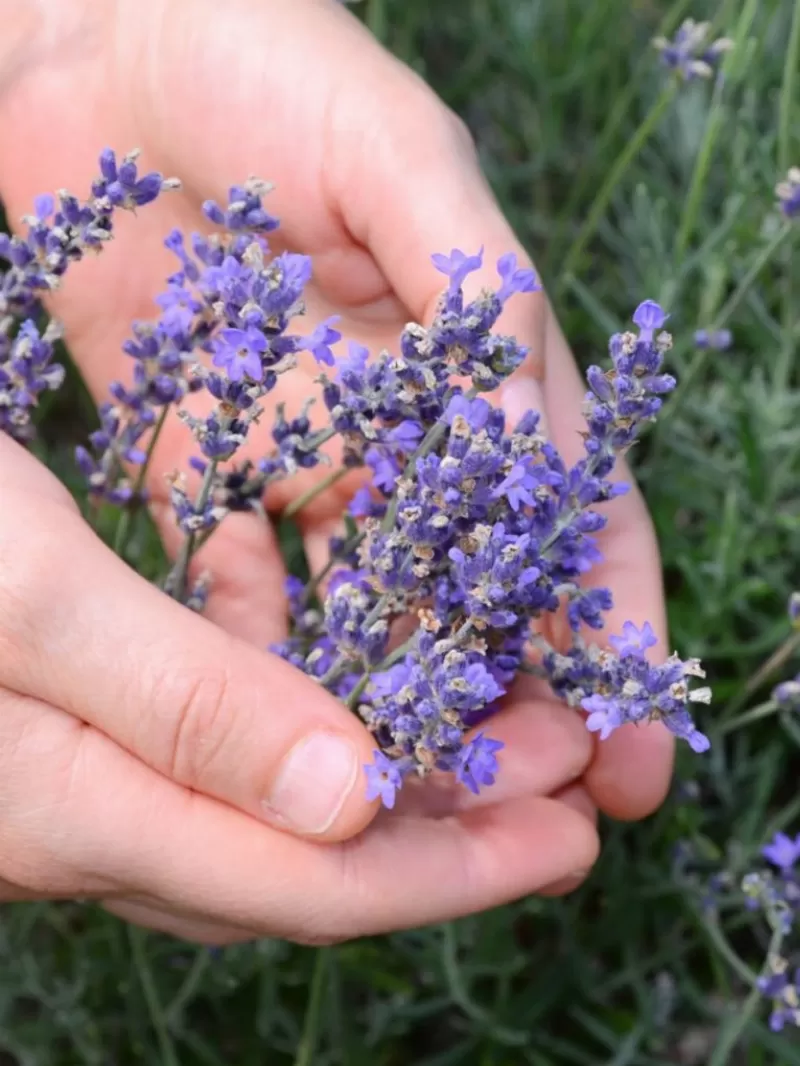 If you've purchased lavender from a store, transplant them into the ground during spring or fall when temperatures aren't too hot.
If you've purchased lavender from a store, transplant them into the ground during spring or fall when temperatures aren't too hot.
Caring for Munstead Lavender in Pots
Container gardening with Munstead lavender is perfect for those with limited space:
- Choose a well-draining pot with ample drainage holes.
- Use quality potting mix designed for Mediterranean herbs.
- Ensure 6-8 hours of sunlight daily.
- Water when the top inch of soil is dry.
- Prune regularly to maintain shape and encourage blooming.
Overwintering Munstead Lavender
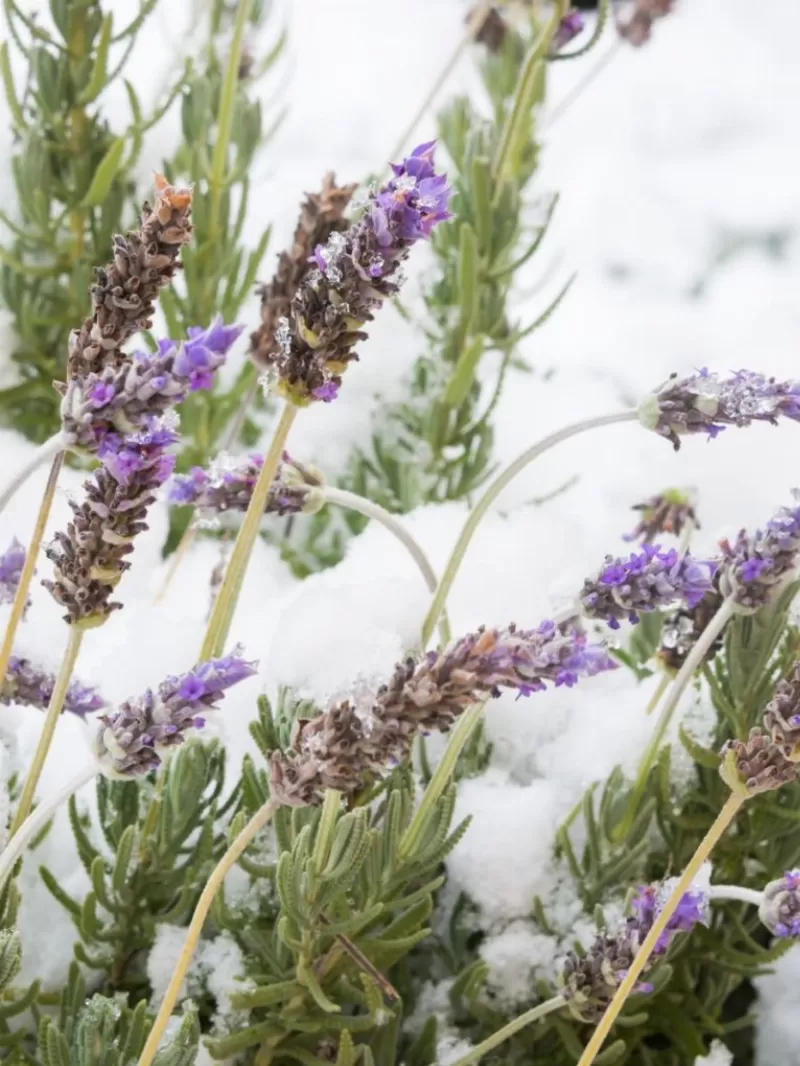 Munstead Lavender can withstand outdoor winter above -10°F.
Munstead Lavender can withstand outdoor winter above -10°F.
Protecting your lavender during winter is crucial for its long-term health:
- Apply a layer of mulch around the base.
- For potted plants, move to a sheltered location or wrap with burlap.
- Reduce watering to prevent root rot.
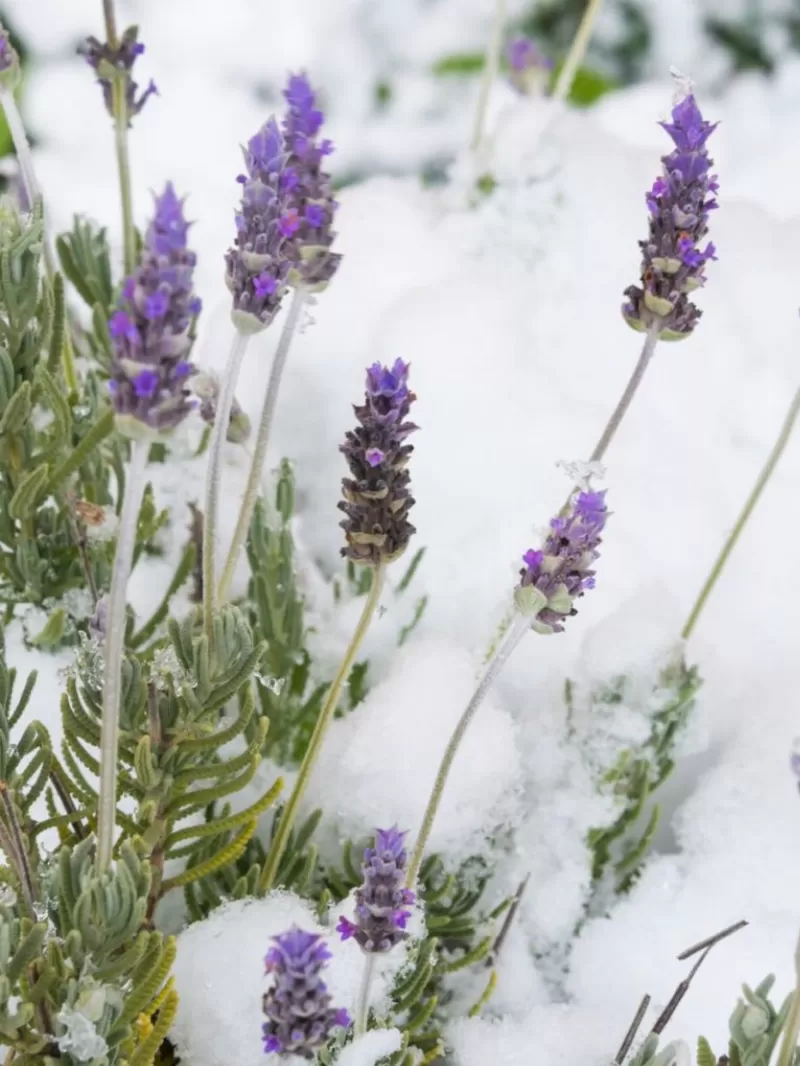 If your area experiences harsh winters, remember to provide them with proper protection.
If your area experiences harsh winters, remember to provide them with proper protection.
Keeping Munstead Lavender Blooming
To ensure continuous blooming:
- Provide full sun exposure.
- Maintain well-draining soil.
- Deadhead regularly.
- Trim lightly after blooming.
- Apply organic fertilizer sparingly, once or twice a year.
Conclusion
 Enjoy your time growing this amazing herb at home!
Enjoy your time growing this amazing herb at home!
Growing Munstead lavender is a journey filled with fragrant rewards. By providing the right conditions and care, you can enjoy the beauty and aroma of this exceptional herb in your garden or home. Remember, patience and attention to detail are key to successful lavender cultivation.
Whether you’re planting from seeds, cuttings, or nurturing potted plants, the joy of watching your Munstead lavender thrive is unparalleled. So roll up your sleeves, get your hands dirty, and prepare to be enveloped in the soothing scent of your very own lavender oasis.
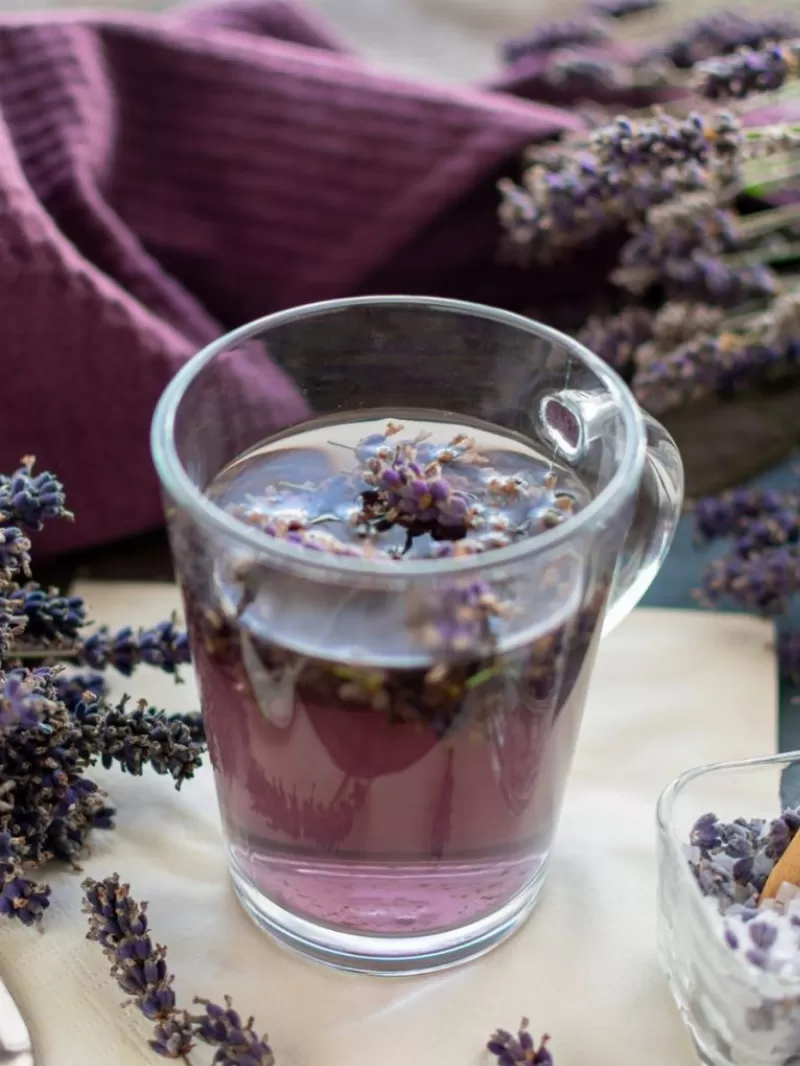 P.S.: Don't forget to try Munstead Lavender tea!
P.S.: Don't forget to try Munstead Lavender tea!
P.S. Don’t forget to try Munstead Lavender tea for a delightful and relaxing experience!
FAQs
-
Does Munstead lavender come back every year?
Yes, Munstead lavender is a perennial plant that returns year after year with proper care. -
What is the difference between true lavender and Munstead lavender?
Munstead lavender is a cultivar of true lavender (Lavandula angustifolia), sharing many traits but with its own unique qualities. -
How long can Munstead lavender live?
With proper care, Munstead lavender can live for 10 to 15 years, though lifespan can vary based on growing conditions and maintenance. -
Where should I place ‘Munstead’ lavender in my home?
Place Munstead lavender in a location that receives 6-8 hours of direct sunlight daily for optimal growth and blooming. -
Is Munstead Lavender Edible?
Yes, Munstead lavender is edible and can be used in various culinary applications, including lavender-infused honey, potpourri, and sachets.
Source: https://thelittle.garden
Category: Houseplants
